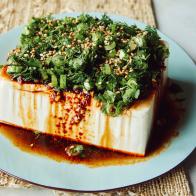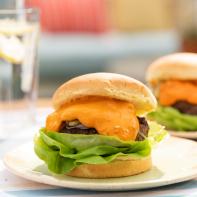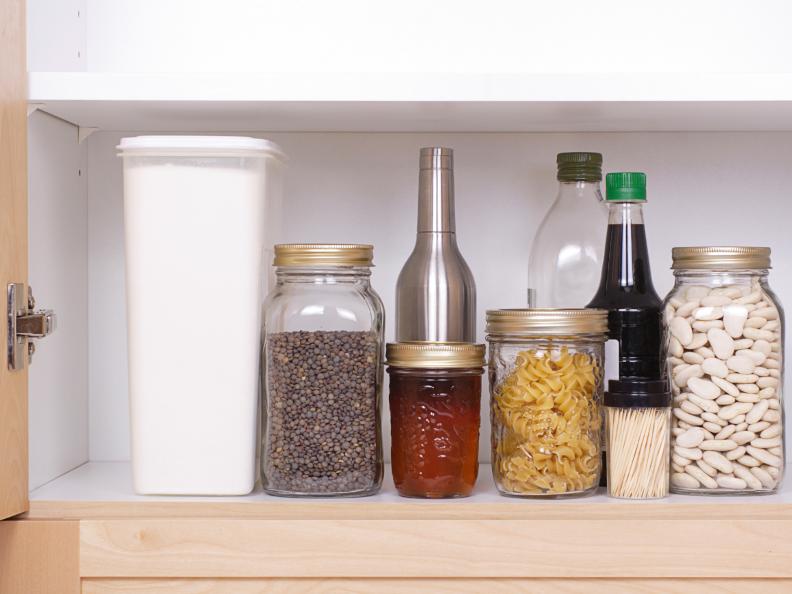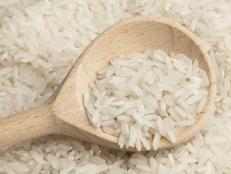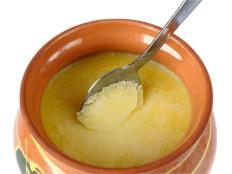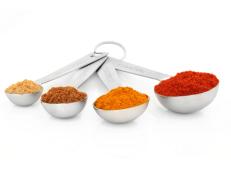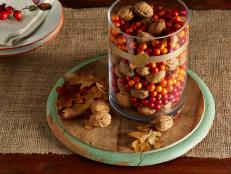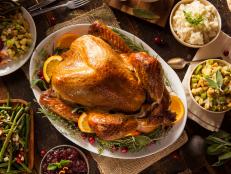1 / 26
Photo: Margaret Edwards
Eating on a Budget
A strategically stocked pantry is the secret to feasting on a budget. We’ve done the planning for you and created a list of items that are inexpensive, versatile, healthy and long-lasting. You can mix and match them to create meals; we’ve got dozens of inspirational ideas and recipes to get you started.
A note on pricing: Prices are included as a general guide and basis for comparison only. We’ve used standard prices for the least-expensive brand at major supermarkets in a statistically average area. Prices vary considerably by region and outlet and fluctuate over time. And remember that buying in bulk at warehouse clubs or buying items on sale could lower these prices considerably.


